41+ Sample Evacuation Plan
-
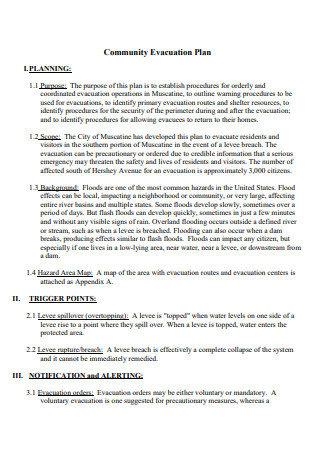
Community Evacuation Plan
download now -

Evacuation Plan Template
download now -
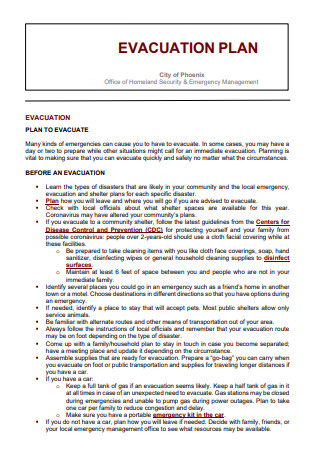
Basic Evacuation Plan
download now -
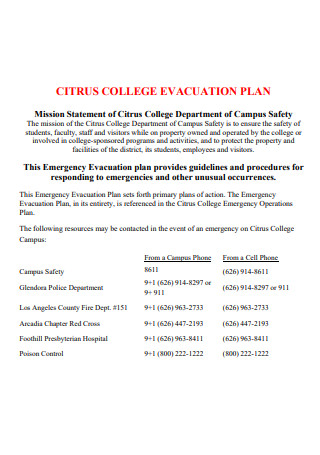
College Evacuation Plan
download now -
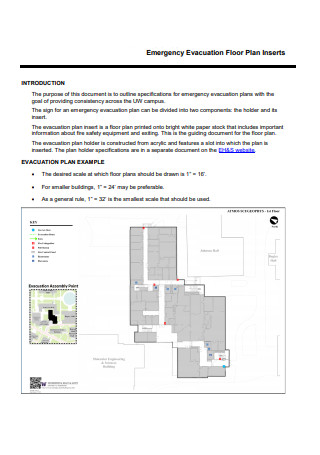
Emergency Evacuation Plan
download now -
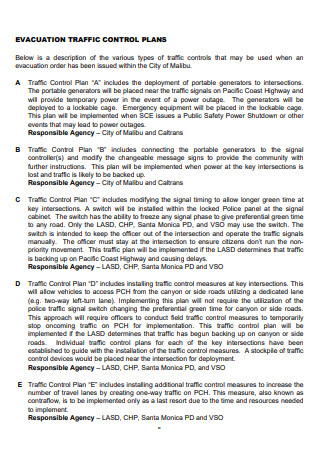
Evacuation Traffic Control Plan
download now -
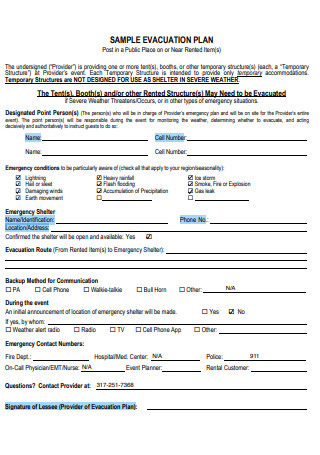
Sample Evacuation Plan
download now -
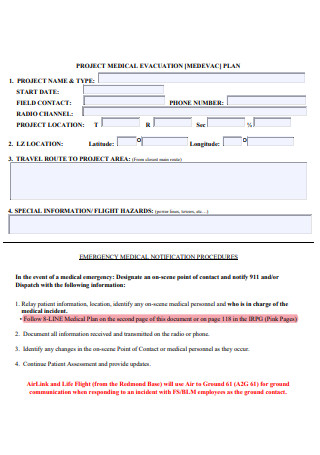
Project Medical Evacuation Plan
download now -
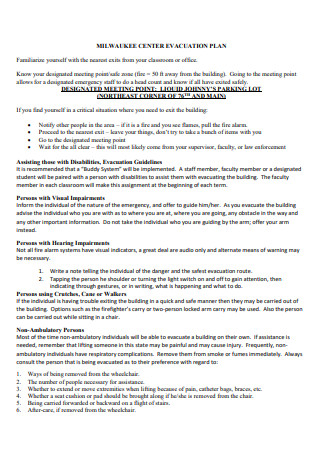
Center Evacuation Plan
download now -
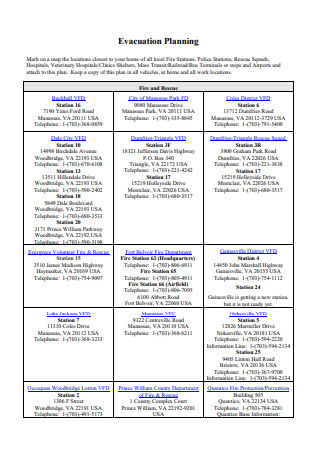
Formal Evacuation Planning
download now -
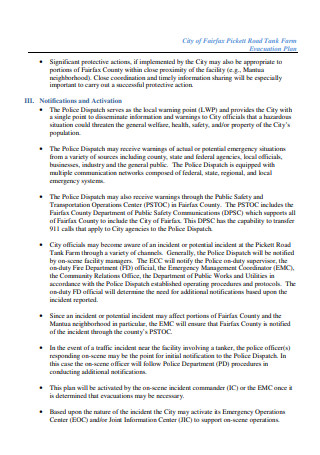
Printable Evacuation Plan
download now -
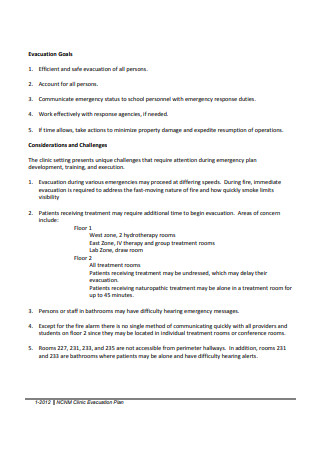
Clinic Evacuation Plan
download now -
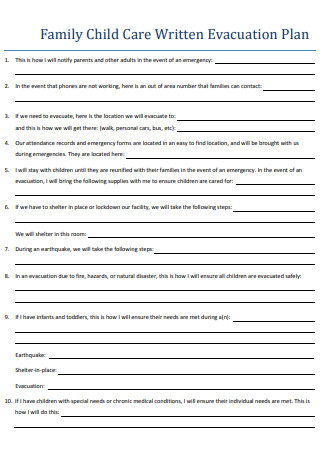
Family Child Care Evacuation Plan
download now -
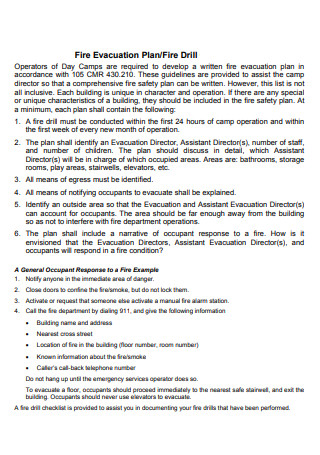
Fire Evacuation Plan
download now -

College Campus Evacuation Plan
download now -
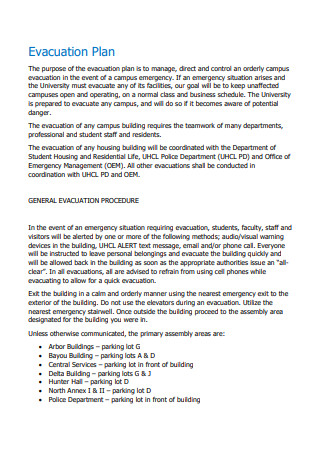
Evacuation Plan Example
download now -
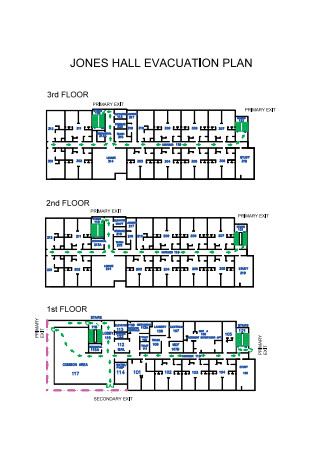
Hall Evacuation Plan
download now -
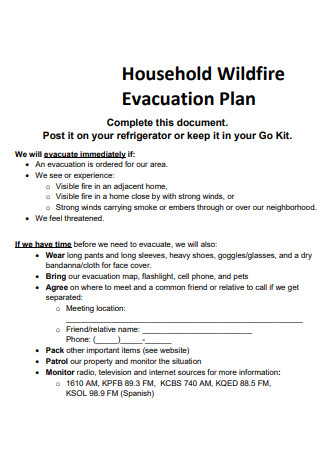
Household Evacuation Plan
download now -
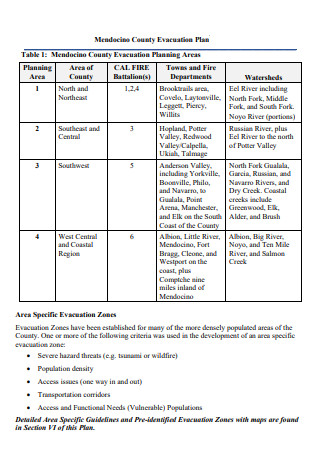
Standard Evacuation Plan
download now -

Evacuation Plan Format
download now -

Safety Record and Evacuation Plan
download now -
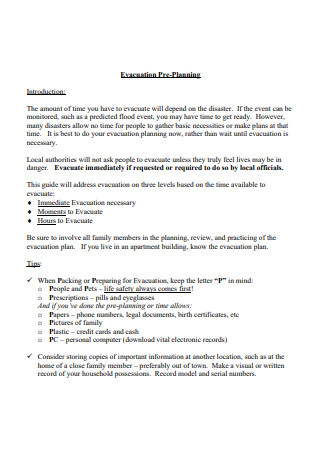
Evacuation Pre-Planning
download now -
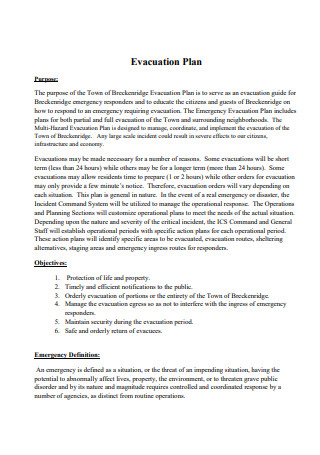
Simple Evacuation Plan
download now -
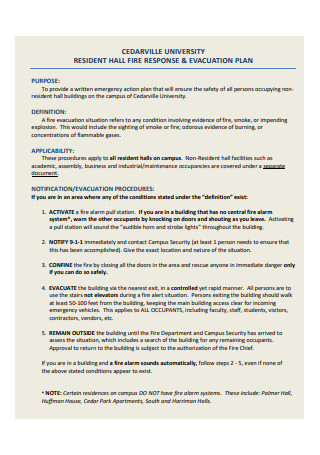
Resident Hall Fire Response and Evacuation Plan
download now -
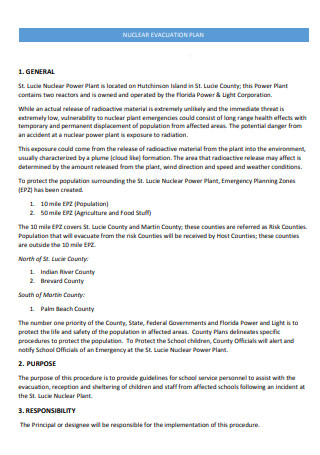
Nuclear Evacuation Plan
download now -
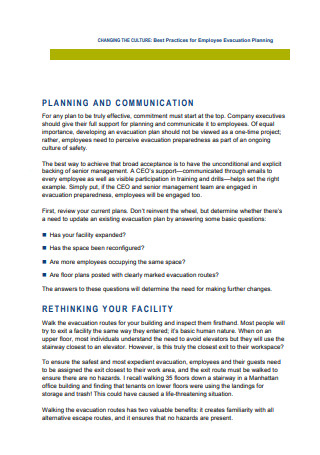
Employee Evacuation Planning
download now -
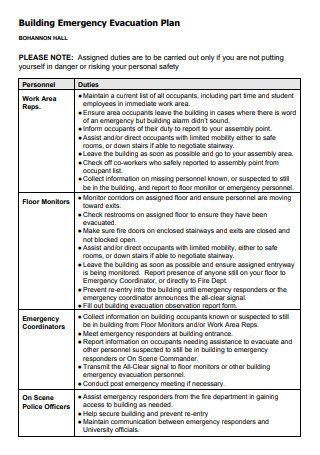
Building Emergency Evacuation Plan
download now -
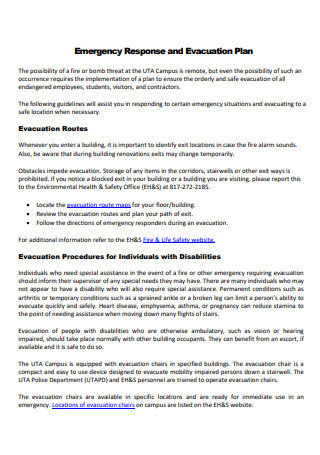
Emergency Response and Evacuation Plan
download now -

Fire Drill Evacuation Plan
download now -
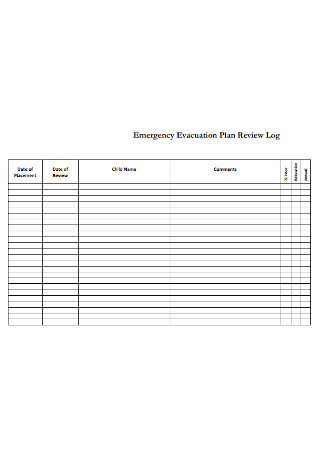
Emergency Evacuation Plan Review Log
download now -
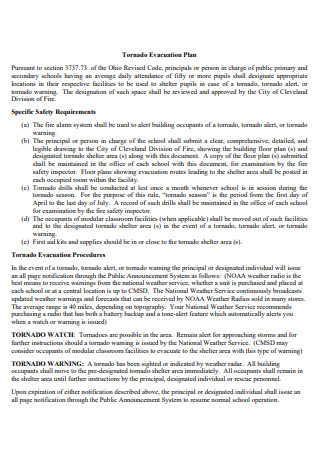
Evacuation Plan in PDF
download now -
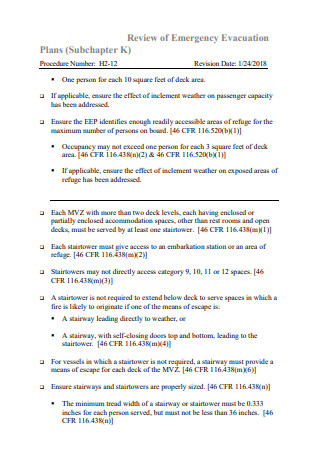
Review of Emergency Evacuation Plan
download now -
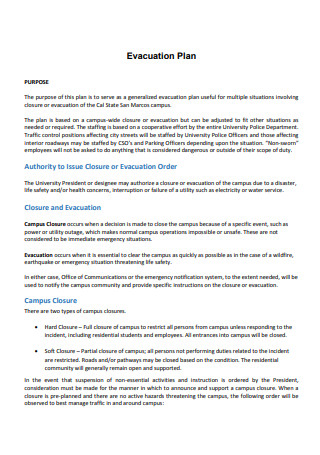
Draft Evacuation Plan
download now -
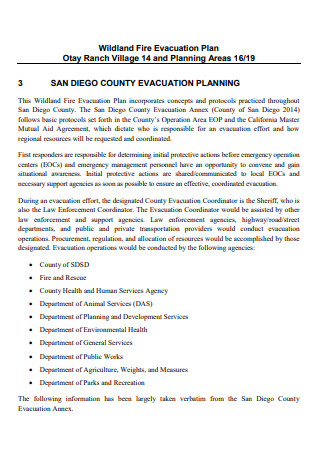
Wildland Fire Evacuation Plan
download now -
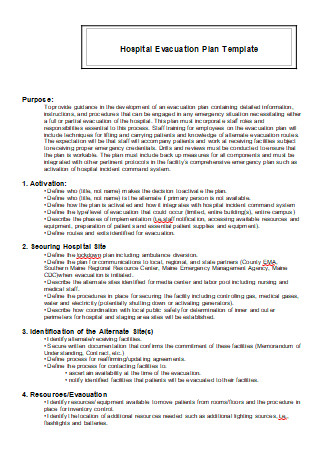
Hospital Evacuation Plan
download now -
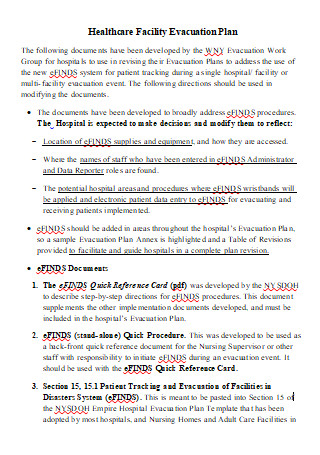
Healthcare Facility Evacuation Plan
download now -

Emergency Evacuation Plan Approval
download now -
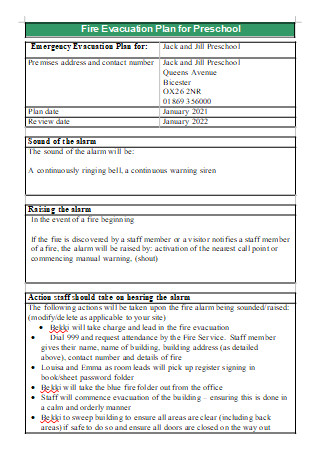
Fire Evacuation Plan for Preschool
download now -
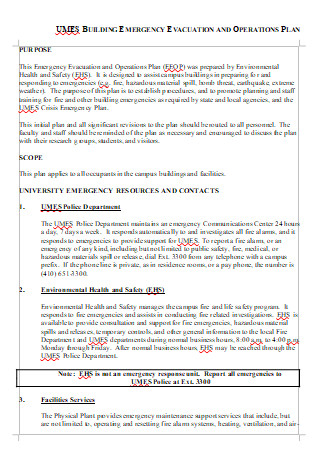
Building Emergency Evacuation and Operations Plan
download now -
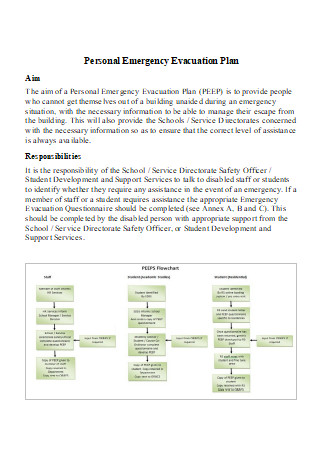
Personal Emergency Evacuation Plan
download now -
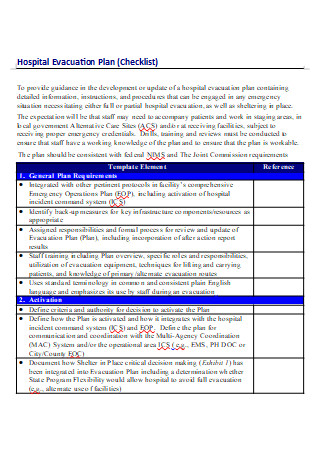
Hospital Evacuation Plan Checklist
download now -

Evacuation Plan in DOC
download now
FREE Evacuation Plan s to Download
41+ Sample Evacuation Plan
What is an Evacuation Plan
How to Develop an Effective Evacuation Plan
Three Evacuation Levels
The 6 P’s of Evacuation
Fire Evacuation Plan
FAQs
What is an Evacuation Plan and Why is it Important?
How Do You Write an Evacuation Plan?
What Types of Emergency Require Evacuation?
In this article, you will learn about what an evacuation plan is, why it’s a must to develop one and the key factors that must be taken into serious consideration when creating an effective evacuation plan. This article also comes with 41+ samples available for you to download and mimic for your very own evacuation plan.
What is an Evacuation Plan
To realize our goals, it is of utmost importance that we are able to plan ahead as doing so not only allows us to perform better the steps that we have formulated to achieve our goals but it also allows us to foresee events that are potentially to happen given that life in and of itself is a journey that will face roadblocks that we must be prepared to overcome.
Sometimes, these roadblocks could be in the form of catastrophic events that are ten times more damaging than actual roadblocks and one that’s not easily overcome and whose extent of damage is magnifying; however the point is that these roadblocks, no matter the intensity of their impact, hinder progress at best and take away lives at worst.
When it comes to the worst case type of roadblocks usually pertaining to events that are nature induced and thus in no way cannot be anticipated, avoiding it is out of the question. Planning to minimize damage and protect lives, however, is doable which is why it is a necessary requirement that most laws mandate businesses, and academic and medical institutions to present an emergency action plan or an evacuation plan not only as compliance but to be granted the approval to operate. In fact, for businesses, a comprehensive continuity plan should be developed that must include an emergency evacuation plan tested regularly to assess and ensure it is feasible enough for when the actual disasters occur.
An Evacuation Plan simply offers concrete actions that help to efficiently and safely direct people away from an area during emergency situations that likely threatens their lives. It details the proactive measures that must be taken prior, during and after an emergency situation occurs. It’s main objective is to ensure that the individuals who are guaranteed to be affected when nature’s wrath makes itself known in the harshest of ways are transported to a safe and protected area far from the center of disaster. It in a way, works as a safety plan.
Because natural calamities cannot exactly be predicted, it is thus important that an evacuation plan is as much as possible comprehensive, detailed and takes into all accounts the best ways to ensure everyone’s safety. For business organizations with spacious expansive buildings and complex floor plans, these plans should be concisely reduced so that it is best presented to the general public in a way that is simple to understand so that enactment can be swift. By concisely reducing an evaluation plan, this means that it is not necessary for it to be as wordy as the actual plan and is as much as possible, presented through the use of visual cues, symbols and materials that are easy to consume like diagrams and infographics. It must also be plastered in areas where the common public is guaranteed to see it and actually take interest in it.
Moreover, evacuation plans should be updated as often as necessary with drills such as fire and earthquake drills conducted regularly to test its efficiency. It is also important for these tests to be evaluated as equally comprehensive as possible to ensure that the plan is indeed efficient in the sense that it has potential to calmly transport individuals from a safer location with minimal panic and confusion. It would then be encouraged that an evacuation plan has point persons to aid in the process of managing the stress and divert the attention away from the situation but to the process of solely implementing the evacuation procedures.
How to Develop an Effective Evacuation Plan
In developing an effective evacuation plan, there are general guidelines that must govern it as well as key elements and conditions that should be included. These are:
1. Designate Roles and Responsibilities
Specific employees from the staff can be tasked and given the authority to implement the necessary evacuation procedures and ensure that it is done in as much as possible, an orderly manner that minimizes panic, confusion and stress. However, whoever is tasked for this responsibility must also be knowledgeable and sensible enough in their assessment of whether or not the situation requires evacuation or shelter-in-place course of action. Other tasks can include providing assistance to those in need of it, accounting for all employees and visitors through the use of employee attendance records, visitor logs, notifying emergency services, and which staff can remain to shut down critical operations. For an evaluation plan to be effectively implemented, it is important that a clear chain of command must be established.
2. Inclusive Evacuation Procedures
This includes structuring your building that will cater to the needs of those with special needs such as people with disabilities. Ensure that access ramps are available in the escape routes. You may also provide a version of the evacuation materials written in Braille. If resources are limited, ensure that a staff’s first instinct is to protect the people in the building and that means putting in mind the unique needs of every individual. Place reasonable priority in your instructional plans training the staff to respond to these special functioning needs and assist those who are in need of it.
3. Designated Meeting Place
The point of an evacuation plan is to relocate the people within a building into an area or a shelter that can protect them from further harm or distance them from the center of the emergency. This implies that a meeting place must have already been determined and this should be widely known by all of the employees. For the visitors unaware of where this protected shelter can be, escape routes must be clearly mapped out and alternative routes should also be provided in the evacuation plan for cases where the original is already blocked.
4. Post-Disaster Planning
Having already experienced a disaster with first-hand accounts of what can take place, preventive measures can be modified to ensure that impacts can be significantly reduced. Incorporate a post-disaster recovery plan in your evacuation plan that also includes compensations for the affected and essentially streamlines the recovery of everyone and the business. Having one also guarantees business continuity with a provision in your plan that also places priority on data and IT systems. As cheesy as it sounds, having a post-disaster recovery plan offers hope to better prepare the organization and the community of inevitable disasters and provide the aid once the event passes.
Three Evacuation Levels
In their website, Benton County Emergency Services details the three levels of evacuation they have adopted for residents and families in a community should be aware of and strictly observe in the case of an emergency situation.
The 6 P’s of Evacuation
The items below are the following things one must gather as soon as Level 1 alerts are pinged to the community. While Level 1 Evacuation level is essentially a notice, it is always best to be prepared in the case that it transitions into the next level where there is higher probability that evacuation will be an option. The items are:
- People with their respective credit cards and cash and pets including livestock and supplies that are essential to them.
- Papers, phone and email contact lists and other important documents like insurance papers, loan contracts and the like.
- Prescriptions, medication lists and their dosages, vitamins, vision and hearing aids, and hygienic supplies
- Photographs, memorabilia and irreplaceable and priceless mementos and valuables
- Personal computers, electronic documents that is preferred to be contained in hard drives and disks
- Personal needs including clothing, food, emergency first aid kits and unique essentials for those with special functioning needs.
Fire Evacuation Plan
Disasters caused by fire are a common occurrence especially during seasons with the highest heat temperatures which for those in the tropical side of the country occur around March. In the Philippines, for example, it is proclaimed and decided by the Presidential Proclamation No. 115-A that March is officially declared to be the country’s Fire Prevention Month due to the alarming occurrence of fire incidents. It is essential then and especially for business companies and organizations residing in areas with the frequent fire disasters to prepare a fire evacuation plan that has properly conducted a fire risk assessment and evaluated the workplace to formulate evacuation procedures and strategies that ensure ease of movement. A Fire Evacuation Plan must include the following:
- Fire Evacuation Strategy
- Alarm Systems
- Emergency Exits and Routes
- Fire Extinguishers
- Signage
A Fire Evacuation Strategy is composed of four types:
FAQs
What is an Evacuation Plan and Why is it Important?
An evacuation plan is a comprehensive document that details the courses of action that must be done in the case of a disastrous emergency situation. It is important because it mainly functions to protect all the individuals in an affected area and relocate them to a safer shelter away from imminent threats that have the probability of taking away lives.
How Do You Write an Evacuation Plan?
Evacuation Plans must be developed with the sole intention of ensuring everyone’s safety. When lives are on the line, it is important that whatever can protect these lives is written as comprehensively as possible taking into account all the possibilities that can happen all the while understanding that it should cover all individuals including those with special functioning needs and disabilities. Dissemination of escape and evacuation procedures must also be given priority wherein it is shared through easily consumed materials like graphic materials and bright signages.
What Types of Emergency Require Evacuation?
Evacuations can be an option for the following reasons:
- Fire Incidents and Wildfires
- Earthquakes
- Flood
- Tsunamis
- Tropical Cyclones
- Terrorist Attacks
An important aspect of an Evacuation Plan is still its reliability and feasibility. Make sure that the evacuation plan works in the first place so that you can determine its flaws, therefore modifying it to ultimately prepare everyone for the worst while prioritizing everyone is kept safe and as much as possible with minimal injuries to none at all.
